There’s been a quiet shift this summer. Not a dramatic one—no great headlines, no trumpet calls—but out in the hedgerows and the verges, the air feels different. Louder. More alive.
For the first time in a while, many of us are noticing insects again. Not because they’ve vanished, as so many headlines have warned in recent years—but because, just maybe, they’ve begun to return.
Red admirals have been out in force, flitting between brambles and buddleia. Bumblebees hum low over thistles and clover. Even greenfly have returned in abundance—good news, surprisingly, for warblers and blue tits feeding chicks. There are more moths at the windowpanes, more hoverflies inspecting the oxeye daisies. It’s not a full recovery, but it is a flicker of resilience, a glimpse of what could still be possible.
The Bugs Matter survey, which monitors insect numbers by measuring splats on car number plates, recorded a 78% decline across the UK between 2004 and 2023. In Scotland, insects have dropped by 65% just since 2021. That’s not something one good summer will undo. But this year, for the first time since the survey began, the rate of decline has slowed—and in some areas, numbers have stabilised. It’s a small change, and it doesn’t yet signal a trend, but it matters.
Weather has played a part. A mild, wet spring followed by bursts of warmth created ideal conditions for breeding. Caterpillars had food. Flowers had pollinators. Migratory butterflies like the red admiral arrived in healthy numbers, and bumblebee sightings have been high across much of the country.
But habitat and human behaviour matter too—and here, the signs are cautiously hopeful. Road verges left uncut. Gardens full of wild patches. A growing rejection of pesticides. Campaigns like No Mow May and national Plantlife initiatives have helped people reconnect with what insects actually need: food, cover, and somewhere to breed.
For years, insect numbers have been in freefall. Habitat loss is the biggest driver—hedgerows ripped up, wildflowers replaced by monoculture, wetlands drained, and even gardens treated like show homes instead of living spaces. Add in pesticide use, pollution, climate disruption, and light at night, and it’s no surprise that insect life has struggled.
The consequences aren’t small. Insects pollinate most of our food crops and wild plants. They break down waste, recycle nutrients, and feed thousands of other species. Without them, everything collapses outward.
This year’s slight uplift doesn’t erase that reality—but it does show that insects can bounce back quickly when we give them the chance. Nature doesn’t ask for perfection. It asks for space. Leave the nettles. Skip the slug pellets. Let your hedge flower. Reclaim the verge.
And it isn’t just rural spaces that make a difference. Insects can thrive in towns and cities when given the chance. Balcony planters, allotments, canal banks, railway cuttings—these all add up. As the RSPB’s Charlotte Owen put it in a recent interview, “What we do on the ground really does make a difference.”
A better summer for bugs means a better summer for everything else. Birds are fledging strong. Bats are feeding well. Hedgehogs are arriving at rescues with a respectable bodyweight. Even invertebrate-shy people have begun to notice the richness of life around them—not just bees and butterflies, but the beetles, ants, midges, and bugs that prop up the entire system.
There’s still a long way to go. Insect populations are a barometer of ecological health, and that health is still fragile. But if this summer has taught us anything, it’s that change is possible—and that sometimes, the smallest signs can be the most powerful.
Our articles are free because we want as many people as possible to think about animal welfare. You can support our mission to provide sanctuary to more animals and tell more of their stories by visiting our store, sending a gift or sharing our articles on social media
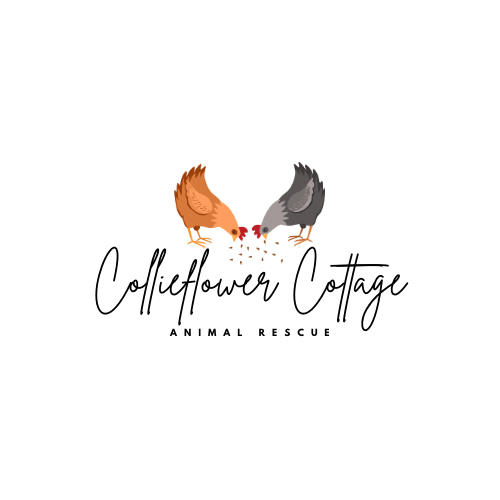

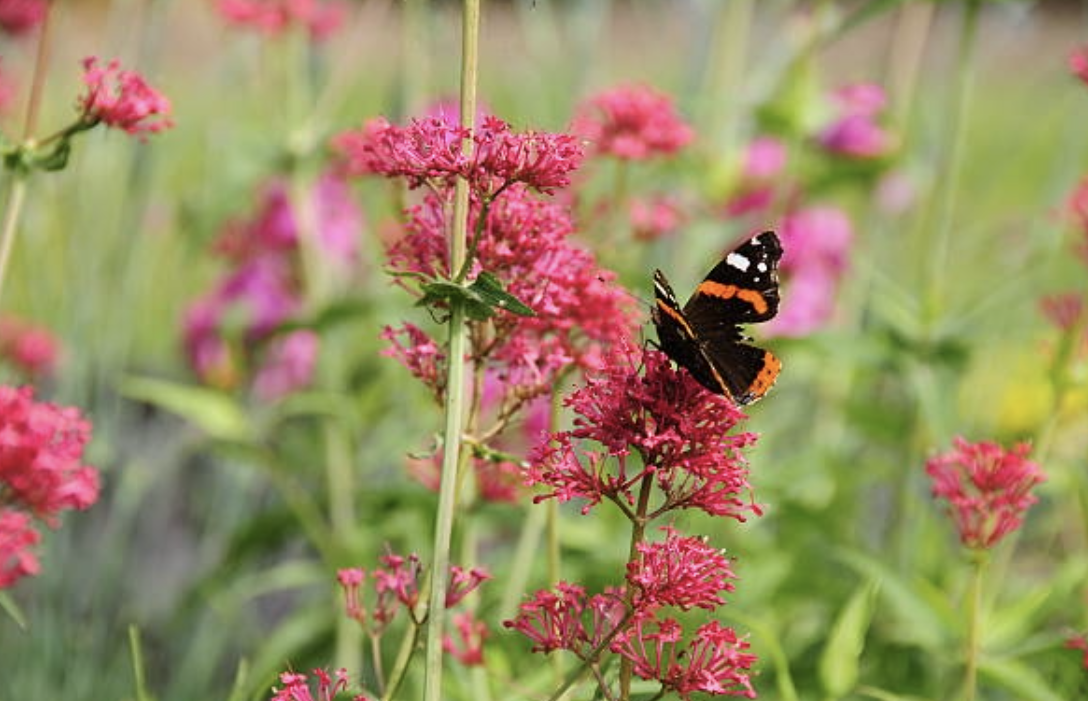
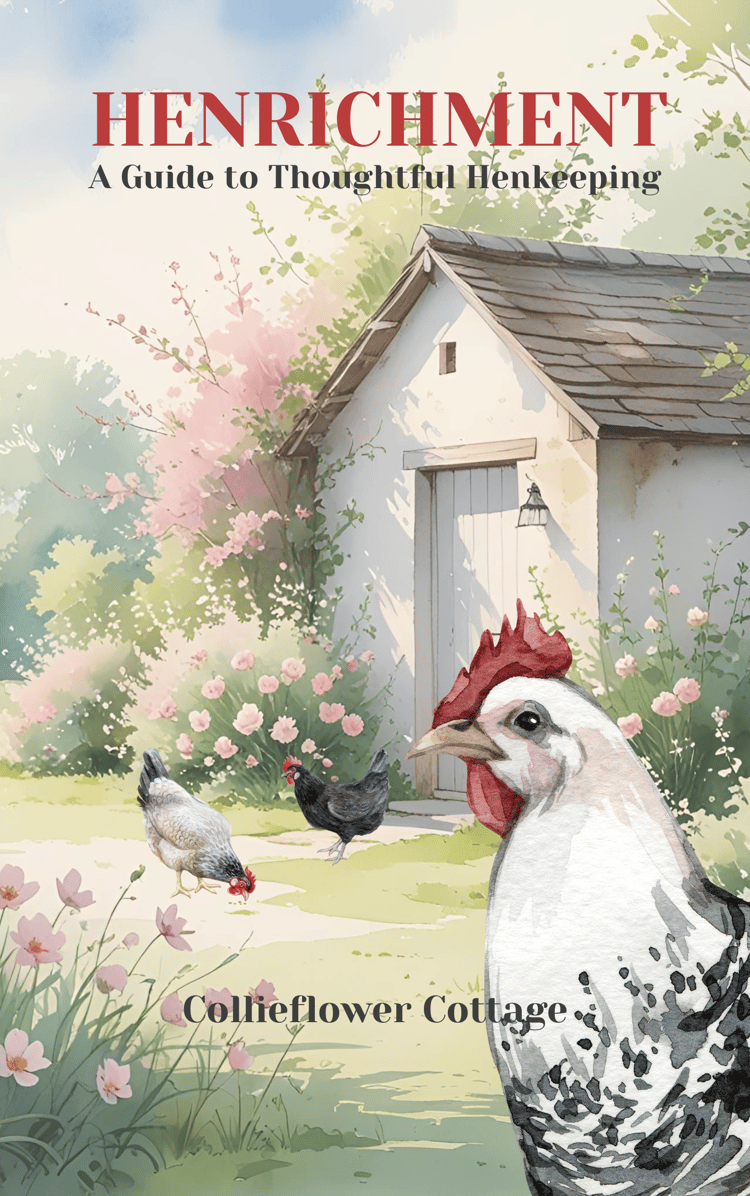


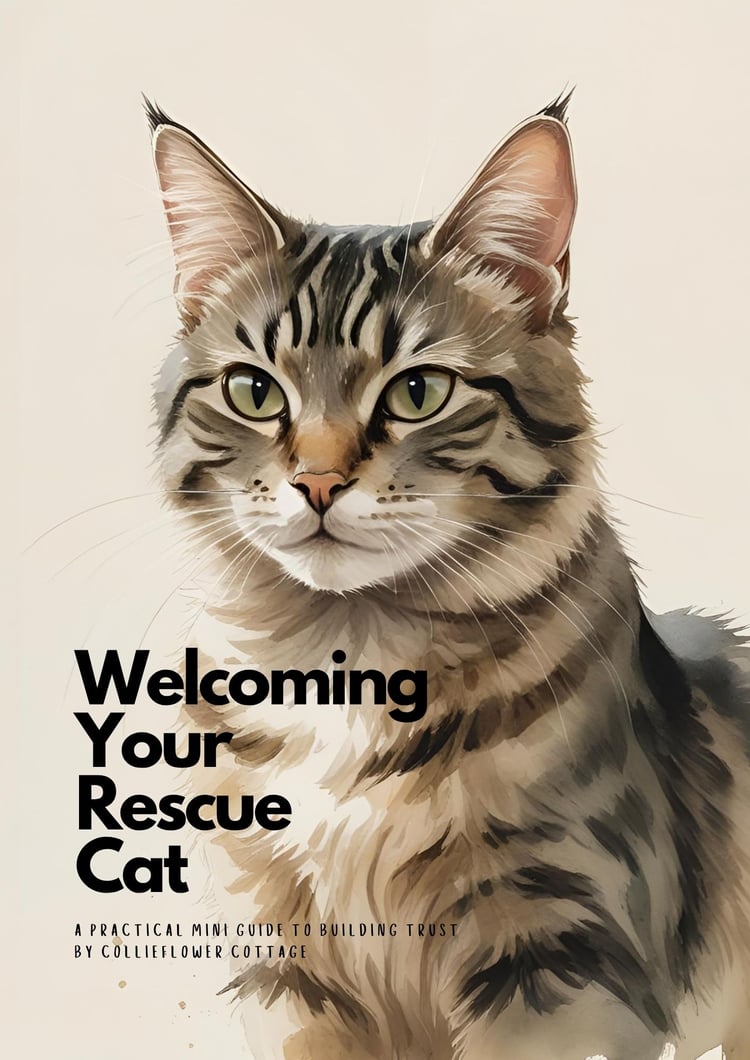
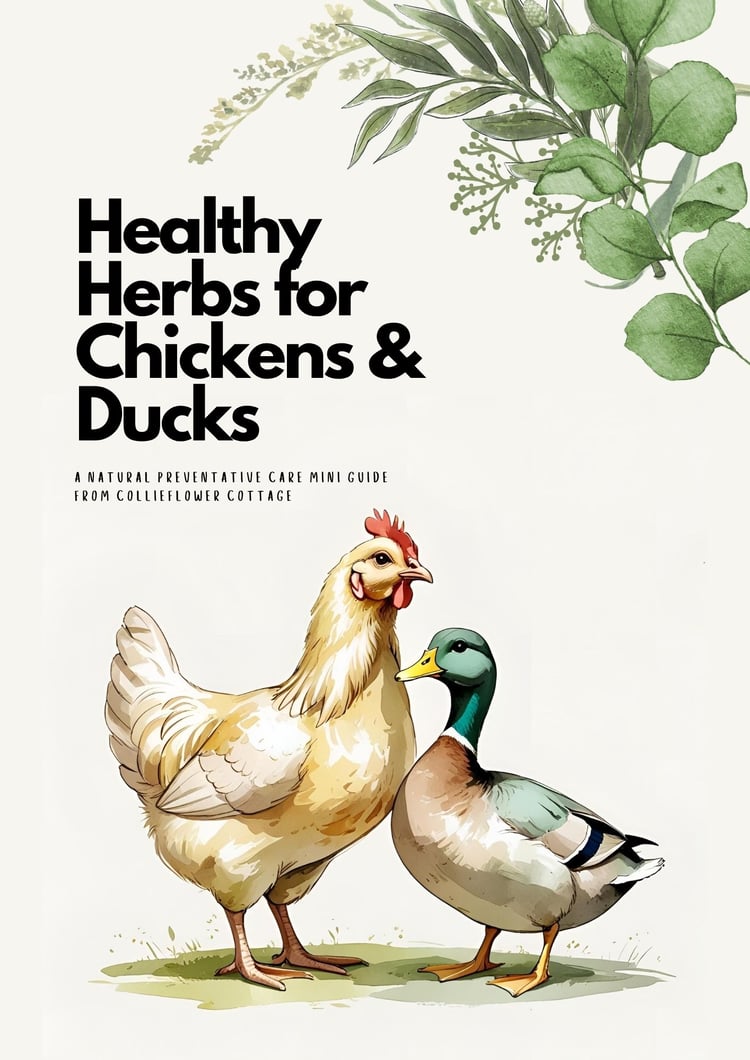
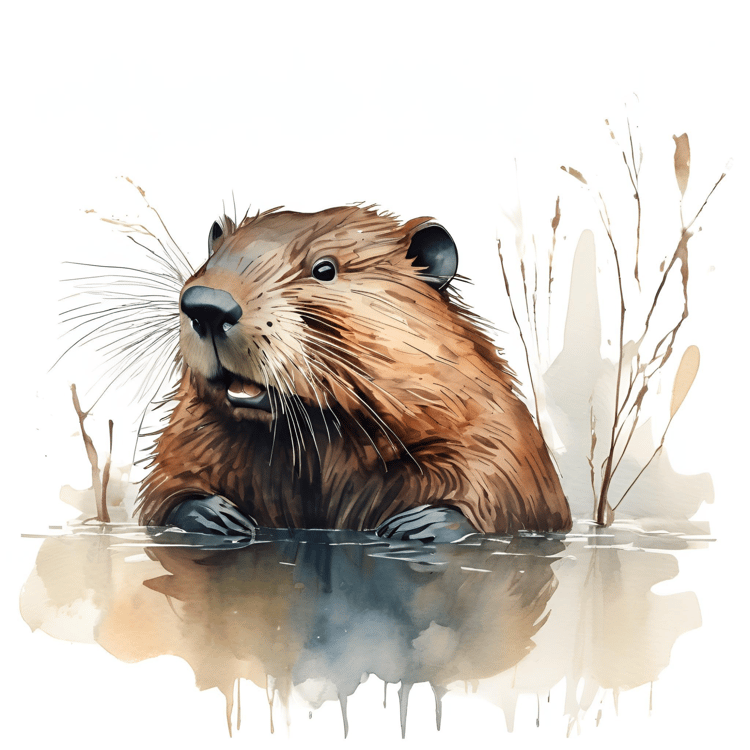
Comments ()